Divnogorye is a museum-reserve and a plateau located in the Voronezh Region, Russia. The Divnogorye museum is one of the most popular tourist attractions in the region.
Take a tour of the unique mixture of nature and architectural monuments in our photo gallery.
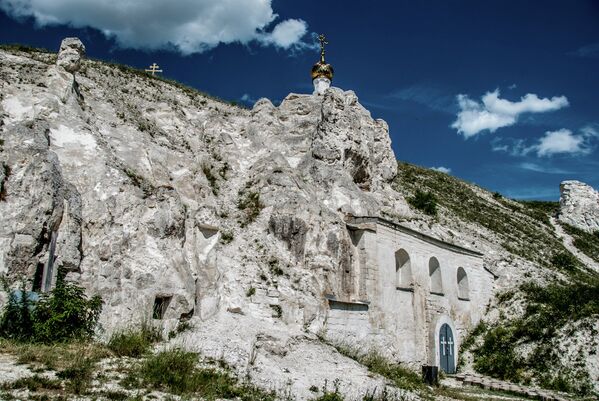
The Divnogorye Museum Reserve of Nature, Architecture and Archeology takes its name from local white chalk outcrops (divy, Russian "miracles") on the slopes of enormous hills (gory). The fancy columns can reach eight meters in height.
Above: The Divnogorye Museum Reserve in the Voronezh Region.
Above: The Divnogorye Museum Reserve in the Voronezh Region.

2/13
© Photo : Google maps
Divnogorye is located in the Russia's Voronezh Region.

Every year the place attracts hundreds of tourists to admire the local unique wildlife, to see evidence of primitive man (10,000 -12,000 years b.c.), and the site of a mass killing of wild horses (13,500 years b.c.).
Above: The Svyato-Uspensky Divnogorsky Monastery in Divnogorye.
Above: The Svyato-Uspensky Divnogorsky Monastery in Divnogorye.
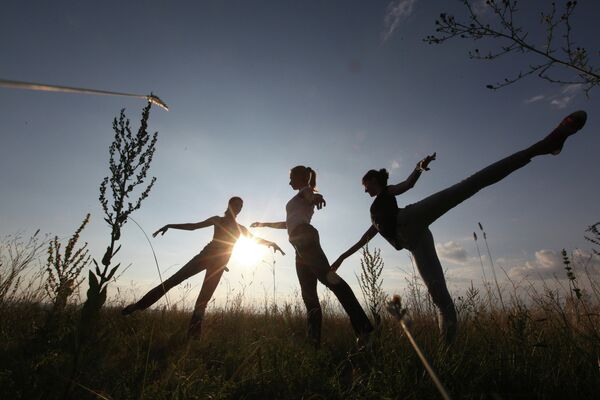
For several years, the museum has organized the Night in Divnogorye festival, a large-scale cultural performance, and the Theater Divas festival, a biennial amateur theatrical event. Many artists and art enthusiasts take their inspiration from the beautiful place.
Above: Rehearsing for the ballet "Swan Lake," a joint production of the Divnogorye Museum Reserve and the Voronezh State Opera and Ballet Theater for the Night in Divnogorye festival.
Above: Rehearsing for the ballet "Swan Lake," a joint production of the Divnogorye Museum Reserve and the Voronezh State Opera and Ballet Theater for the Night in Divnogorye festival.
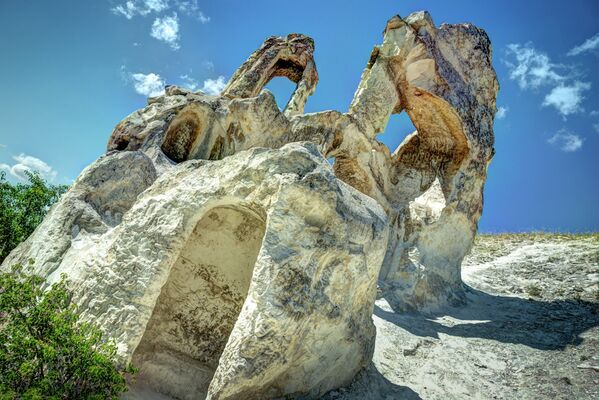
To reach the top of chalk hills, one has to climb 400 stairs. From the height of almost 70-80 meters one can see the local Tikhaya Sosna River which runs to the Don.
Above: The Divnogorye Museum Reserve in the Voronezh Region.
Above: The Divnogorye Museum Reserve in the Voronezh Region.
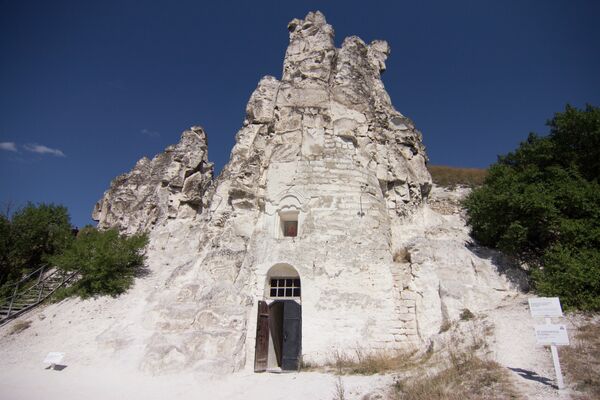
6/13
© Sputnik / Daria Razumnikova
There are two cave temples on the territory of the Museum. The temperature inside the temples is +8 C or less all the year round. It is also extremely wet inside so there is no painting on the walls.
Above: The Divnogorye Museum-Reserve in the Voronezh Region.
Above: The Divnogorye Museum-Reserve in the Voronezh Region.
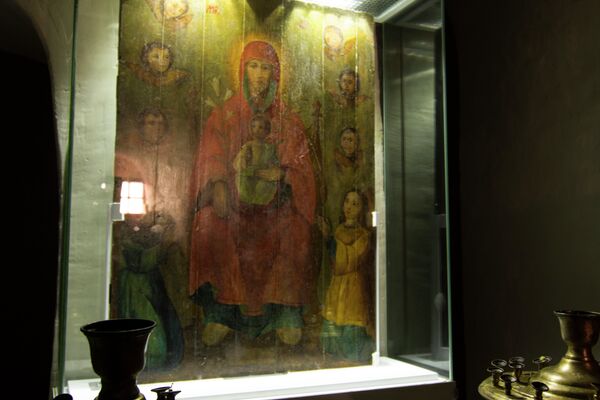
7/13
© Sputnik / Daria Razumnikova
The only decoration of the main temple is the icon of Our Lady of Sicily with Virgin Maria painted with lilies in her hands.
Above: The Divnogorye Museum Reserve in the Voronezh Region.
Above: The Divnogorye Museum Reserve in the Voronezh Region.
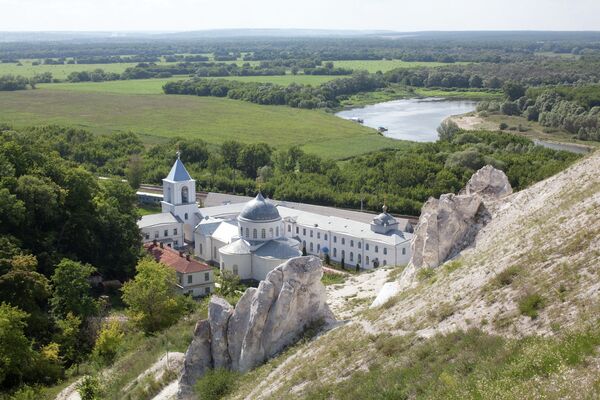
Above: The Svyato-Uspensky Divnogorsky Monastery in Divnogorye.
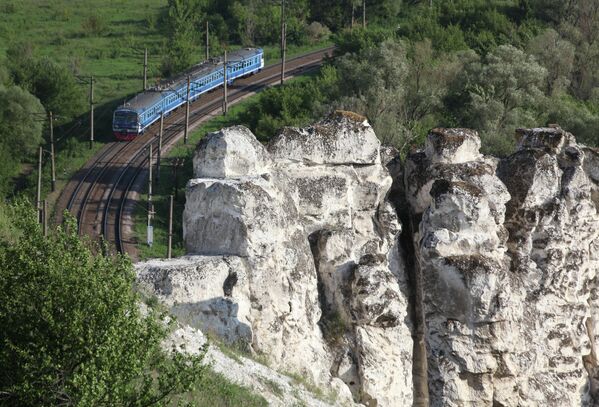
Over millions of years the territory was covered by water during several epochs. Nowadays, scientists have discovered a large amount of ancient crystalline rock in the local ground.
Above: An electric train passing by the Divnogorye Architectural and Archeological Museum Reserve.
Above: An electric train passing by the Divnogorye Architectural and Archeological Museum Reserve.
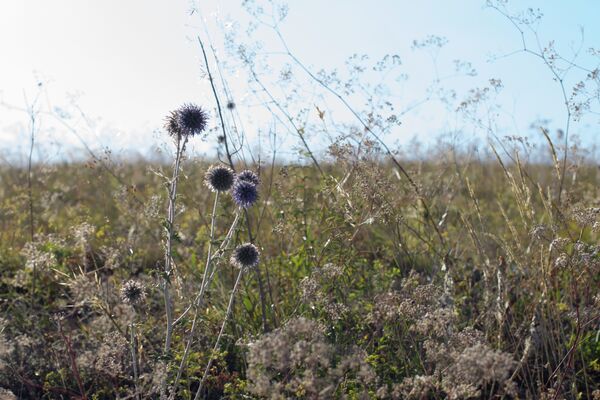
10/13
© Sputnik / Daria Razumnikova
Local grassy plants are carefully protected; the soil there is only 20 cm. In general there are more than 650 forms of plants and 110 kinds of birds in the Museum-Reserve.
Above: The Divnogorye Museum-Reserve in the Voronezh Region.
Above: The Divnogorye Museum-Reserve in the Voronezh Region.
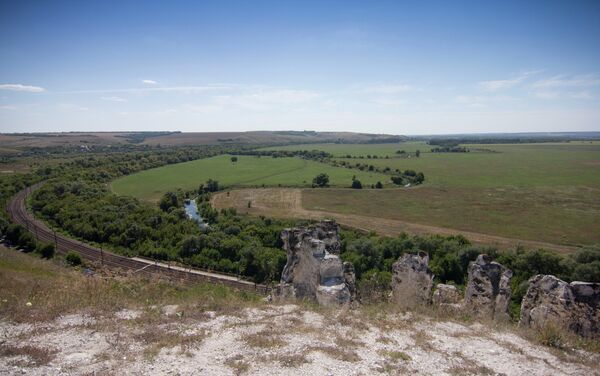
11/13
© Sputnik / Daria Razumnikova
The museum in Divnogorye was established in 1988, and in 1991 it became a museum reserve.
Above: The Divnogorye Museum Reserve in the Voronezh Region.
Above: The Divnogorye Museum Reserve in the Voronezh Region.
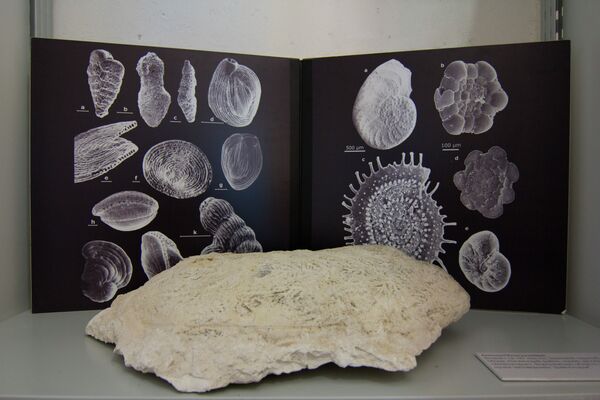
12/13
© Sputnik / Daria Razumnikova
Currently, steps are being taken to enlist Divnogorye as a UNESCO World Heritage Site.
Above: The Divnogorye Museum Reserve in the Voronezh Region.
Above: The Divnogorye Museum Reserve in the Voronezh Region.
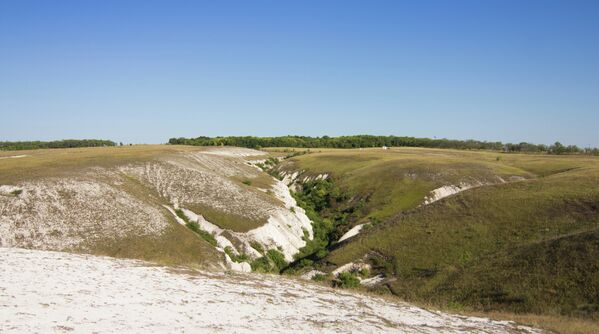
13/13
© Sputnik / Daria Razumnikova
Above: The Divnogorye Museum Reserve in the Voronezh Region.

